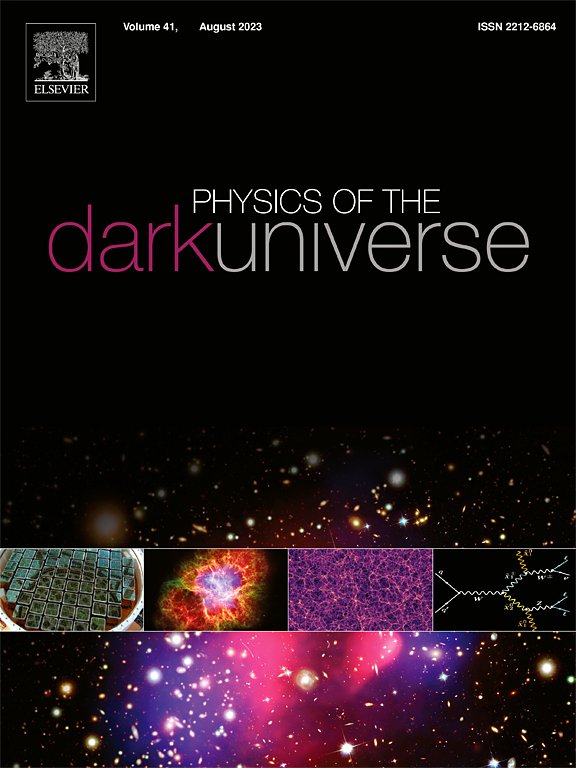Particles acceleration by Bocharova–Bronnikov–Melnikov–Bekenstein black hole
IF 5
2区 物理与天体物理
Q1 ASTRONOMY & ASTROPHYSICS
引用次数: 0
Abstract
We have studied the motion of massive particles under the influence of scalar and gravitational fields, with particular emphasis on the BBMB black hole. It has been shown that the radius of the innermost stable circular orbit (ISCO) and marginally bound orbit are significantly affected by the scalar coupling parameter. We study the energy efficiency of thin accretion disks around BBMB black holes, showing that the efficiency decreases for positive and increases for negative , with a maximum of approximately 30% for specific values. We derive analytical expressions for the angular and linear velocities of orbiting particles, highlighting their dependence on . The photon sphere is shown to be independent of , but the linear velocity at the ISCO position varies significantly, with massive particles behaving like ultra-relativistic particles near the black hole under scalar field influence. Additionally, we examine the center-of-mass energy (CME) of colliding particles near the BBMB black hole, showing that the scalar field can lead to infinitely high CME near the horizon, consistent with the BSW process. Astrophysical implications include CME values reaching , comparable to the energies of ultra-high-energy cosmic rays (UHECR).
求助全文
约1分钟内获得全文
求助全文
来源期刊

Physics of the Dark Universe
ASTRONOMY & ASTROPHYSICS-
CiteScore
9.60
自引率
7.30%
发文量
118
审稿时长
61 days
期刊介绍:
Physics of the Dark Universe is an innovative online-only journal that offers rapid publication of peer-reviewed, original research articles considered of high scientific impact.
The journal is focused on the understanding of Dark Matter, Dark Energy, Early Universe, gravitational waves and neutrinos, covering all theoretical, experimental and phenomenological aspects.
 求助内容:
求助内容: 应助结果提醒方式:
应助结果提醒方式:


